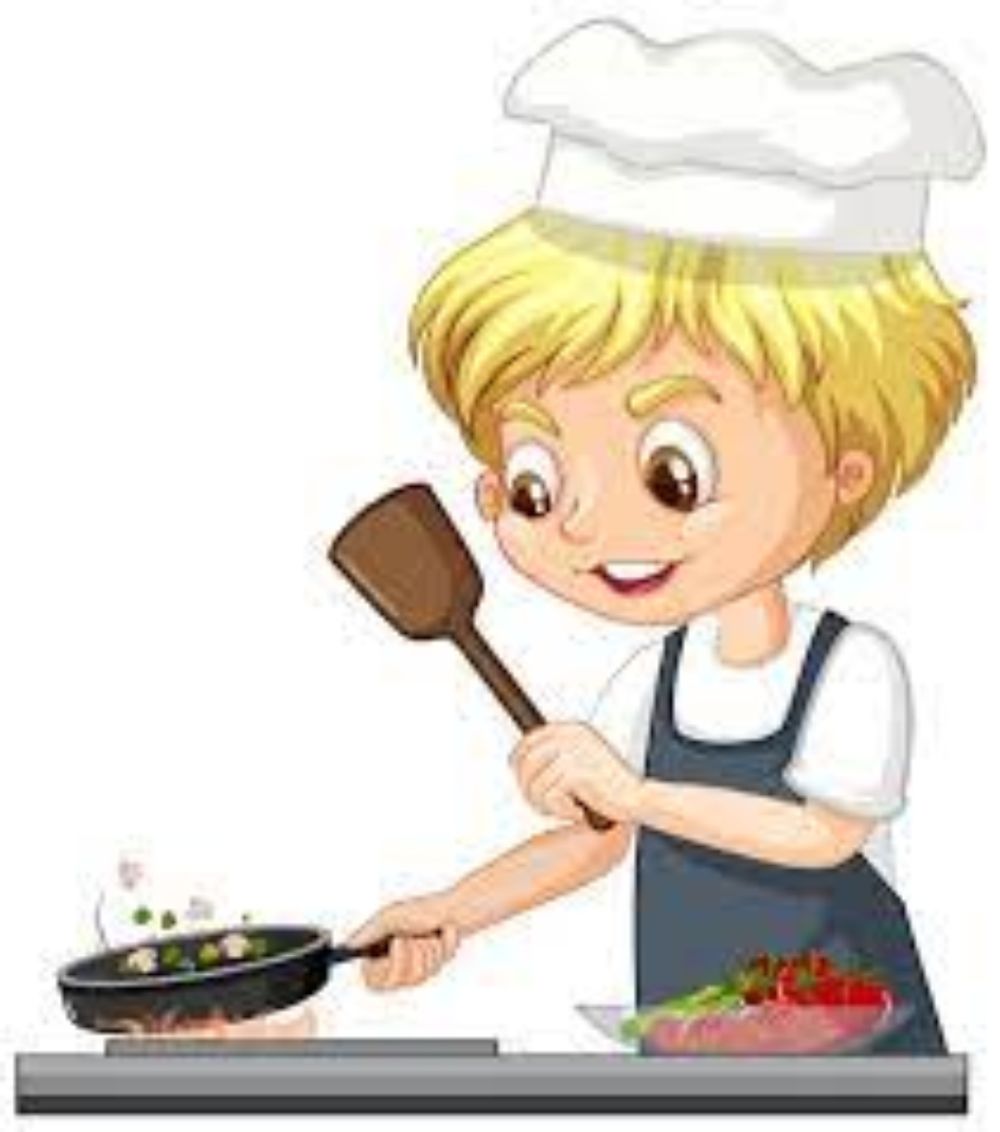

The art, science, and craft of utilizing heat to enhance the flavor, digestibility, nutrition, or safety of food are known as cooking, cookery, or culinary arts. In order to reflect local conditions, cooking methods, and ingredients vary greatly, from grilling food over an open flame to utilizing electric burners to baking in a variety of ovens.
Origins: From settled agriculturalists to hunters and gatherers
Although the exact beginnings of cooking are unknown, it is known that early humans first used fire to cook food at some unspecified point in the distant past. Researchers have discovered what appear to be the remains of campfires built by Homo erectus, one of the early human species, 1.5 million years ago.
carbohydrates, fats, proteins, vitamins & minerals, water
Methods
Roasting: Roasting, grilling, broiling, rotisserie cooking, and searing
Baking: Baking, Flash baking, and Blind baking
Boiling: Cooking methods include boiling, blanching, braising, coddling, double steaming, infusion, poaching, pressure cooking, simmering, smothering, steaming, steeping, frying, stone boiling, and vacuum flask cooking.
Frying: Fry, air fry, deep fry, gentle fry, hot salt fry, hot sand fry, pan fry, pressure fry, saute, shallow fry, stir fry, and vacuum fry are all forms of frying.
Streaming: The process of steaming involves continuously boiling water, which causes it to vaporize into steam. The steam then transfers heat to neighboring food, cooking it. It is seen by many as a healthy method of cooking since it preserves the nutrients in the meat or vegetables being cooked.
Smoking: Food is flavored, cooked, or preserved by being exposed to smoke from burning or smoldering material, most frequently wood.

Home cooking & commercial cooking:
All members of the family can participate in informal home cooking in a home or around a communal fire, though in many cultures women typically handle the majority of the work. Additionally, cooking is frequently done in settings other than private residences, like restaurants or schools. One of the first places where food was prepared outside the home was a bakery, and in the past, bakeries frequently provided a supplementary service of cooking pots of food brought by their patrons. A lot of "ready-to-eat" and "ready-to-cook" foods are now frequently prepared and cooked in factories, and many home cooks combine freshly made foods with those from factories to create a variety of dishes today as dinner. More foods that are prepared commercially have been found to have lower nutritional value than foods that are prepared at home. Home-cooked meals typically have higher fiber, calcium, and iron while having fewer calories, less saturated fat, cholesterol, and sodium per calorie. Additionally, since the ingredients are sourced directly, the authenticity, flavor, and nutritional value are all under control. Thus, the superior nutritional value of home cooking may contribute to the reduction of chronic diseases. Even after adjusting for confounding factors, cohort studies that followed older people for ten years indicated that adults who prepare their own meals have significantly lower mortality.
Comfort food may be connected with "home-cooking," and regardless of their true origin, some commercially made foods and restaurant meals may promote themselves through packaging or advertising as having been "home-cooked." People in urban parts of the United States wanted homestyle food despite their busy schedules and cramped kitchens, which is why this trend started in the 1920s.
Raw food advocates contend that cooking raises the possibility of some negative impacts on food or health. They make the point that when vitamin C-containing fruits and vegetables are cooked, the vitamin elutes into the cooking water and oxidizes, degrading it. Vegetables' vitamin C levels can be significantly decreased by peeling them, especially potatoes, where the majority of the vitamin is found in the skin. However, studies have demonstrated that a higher percentage of carotenoids are absorbed from cooked veggies than from raw vegetables in the specific case of carotenoids.
Large amounts of raw vegetable matter are beneficial for reducing the incidence of breast cancer, according to German research from 2003. The effect is partially attributed by the authors to heat-labile phytonutrients. Broccoli, for example, contains sulforaphane, a glucosinolate breakdown product that has been demonstrated to protect against prostate cancer. However, when the vegetable is cooked, a significant amount of sulforaphane is lost. There is no strong evidence for sulforaphane's effectiveness against human diseases, despite some preliminary studies on how it might have positive effects in vivo.
The USDA has examined retention data for 290 foods for various cooking methods for 16 vitamins, 8 minerals, and alcohol.
